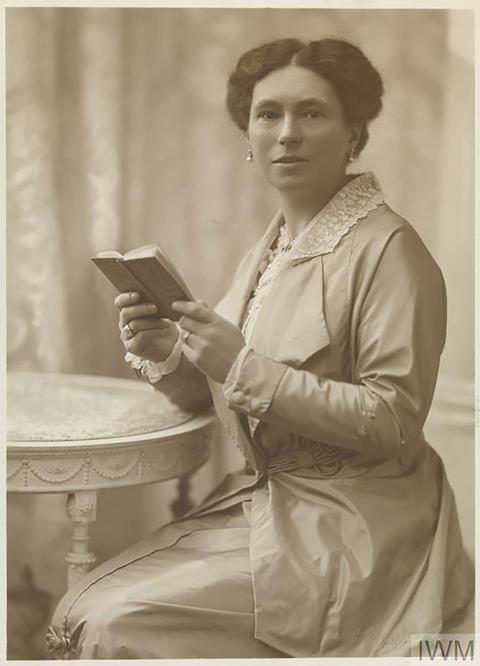The year 1919 marked the start of a new legal era for women. Women could now vote, enter parliament, become lawyers and magistrates, and sit on juries. However, while the Sex Discrimination (Removal) Act 1919 has garnered the most attention in recent years, it was another 1919 act that was at the cutting edge of judicial diversity: the Industrial Courts Act 1919.

This act was debated and passed in a little over two weeks in November 1919. It established a permanent Industrial Court to provide voluntary arbitration in trade disputes. It had a wide substantive remit, including engineering and shipbuilding disputes as well as those involving the public utilities, textile and woodwork industries, the railways and civil service. Renamed the Industrial Arbitration Board in 1971, it continued in operation until 1976 when it was replaced by the Central Arbitration Committee.
Industrial Court and judicial diversity
Section 1 of the Industrial Courts Act contained a statutory quota ensuring that ‘in addition’ to representatives of employers, workers and independent members, there shall be ‘one or more women’.
Many prominent legal and political figures were still uneasy with women’s presence in the legal professions. So the inclusion of women on the Industrial Court bench was significant. It was a recognition, as the trade unionist John Clynes MP put it at the time, that women could be: ‘Persons of experience, of known impartiality; judicially minded and capable of estimating evidence and reaching a reasonable decision according to the revealed facts of the case.’
How did this happen?
Despite women having been members of the forerunners to the Industrial Court, there was no specific mention of women members in the original bill. Alexander Shaw MP introduced the provision as an amendment in committee on the basis that ‘the experience of women in dealing with… women’s cases was quite invaluable’.

This argument, grounded in women’s ‘special skills’ and ‘experience’, would have been familiar to many of his parliamentary colleagues. Middle-class women had for some time played important philanthropic roles in public and civic life as local government councillors, factory inspectors and poor law guardians. Many MPs would have worked alongside women on committees or in various political and social reform movements. Others, particularly those from the increasingly influential Labour party, would have been familiar with the arguments for women’s citizenship made by the franchise reform unions and refined and deployed during the long struggle for women’s suffrage. It is not surprising therefore to see a strategic mix of what we might describe today as the ‘big three’ arguments for equal representation – quality, legitimacy and equity – deployed while making the case for appointing women as members of the Industrial Court during the parliamentary debates.
Echoing contemporary arguments made by the Women’s Freedom League in their push for women lawyers and judges, some MPs pointed to the necessity of including women members in order to ensure the legitimacy of, and confidence in, the court itself. Shaw argued that ‘the thousands of working women in the country [would not] feel… that they have been fairly treated by the government for which they voted at the general election… I seriously doubt whether, if you set up a tribunal without the element of experience which women can give, women will really trust the tribunal’.
Others suggested, in the words of Arthur Henderson MP, that ‘it is not quite fair to leave all the cases affecting women to be arbitrated on by a court upon which there is no woman representative’. And that the knowledge and experience of women members would ensure the court was able to do the best job possible – particularly in the context of disputes relating to women’s wages.
What happened next?
Shaw’s amendment failed. However, only eight days later the government introduced its own amendment which was agreed to without debate. The act received royal assent on 20 November 1919.
The first two women to sit on the court were Miss Violet Markham, a liberal and former anti-suffragist, and Miss Cécile Matheson, warden of the Birmingham Women’s Settlement and co-author of Women’s Work and Wages. We know little of their role and impact on the court except that, as expected, their contributions were restricted to cases where women were or were likely to be affected.
And so it was that a quarter of a century before Sybil Campbell’s groundbreaking appointment to a full-time judicial post, the other 1919 act ensured the appointment of two women to sit ‘in the capacity of judges’ on the most senior industrial tribunal in the land. It would take almost 100 years for the UK Supreme Court to do the same.
Erika Rackley is a professor of law at the University of Kent. She is editor with Rosemary Auchmuty of Women’s Legal Landmarks: Celebrating the history of women and law in the UK and Ireland





























1 Reader's comment